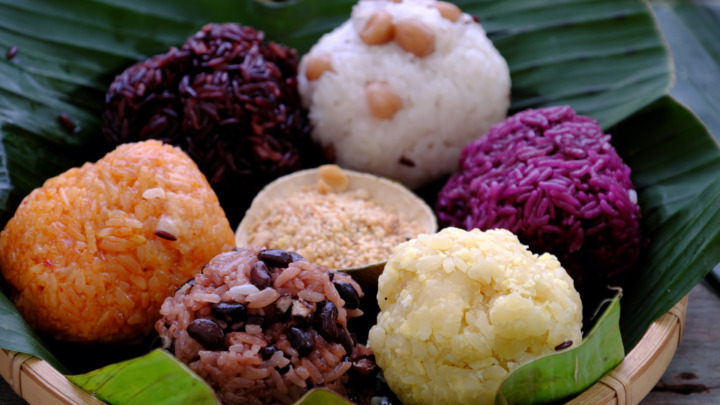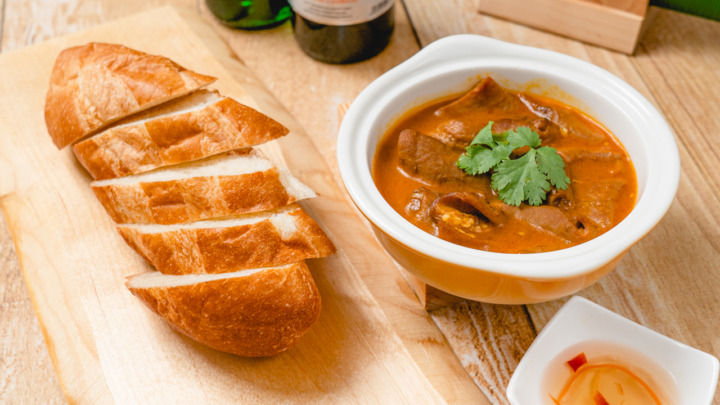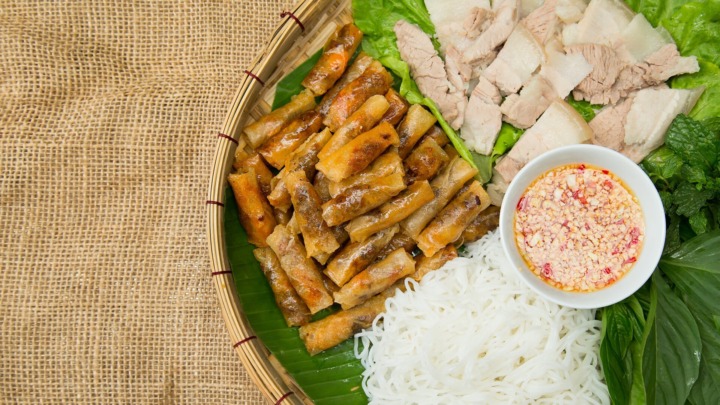History of Pho
The history of pho is the subject of many theories, but it is said that pho was already in existence in the 1940s.
Since the days of French rule in Vietnam, pho in Hanoi has been sold to vendors as “pho carriers. The vendor would carry the pho on his shoulder and walk through the small streets of the ancient Hanoi citadel, selling the pho.
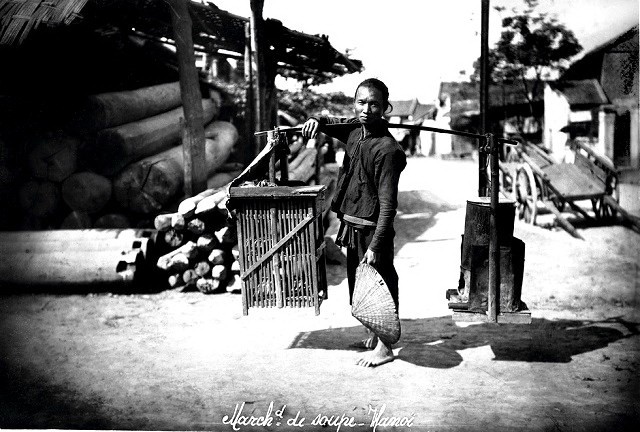
There are many theories as to where pho originated, but the most likely origin is in Hanoi, where it appears in literature from the 1940s, as follows
Pho is not exclusive to Hanoi, but it’s a special gift that can only be found in Hanoi.”
‘It is the daily food of all kinds of people, especially civil servants and workers. People eat pho in the morning, pho at noon, and pho at night.”
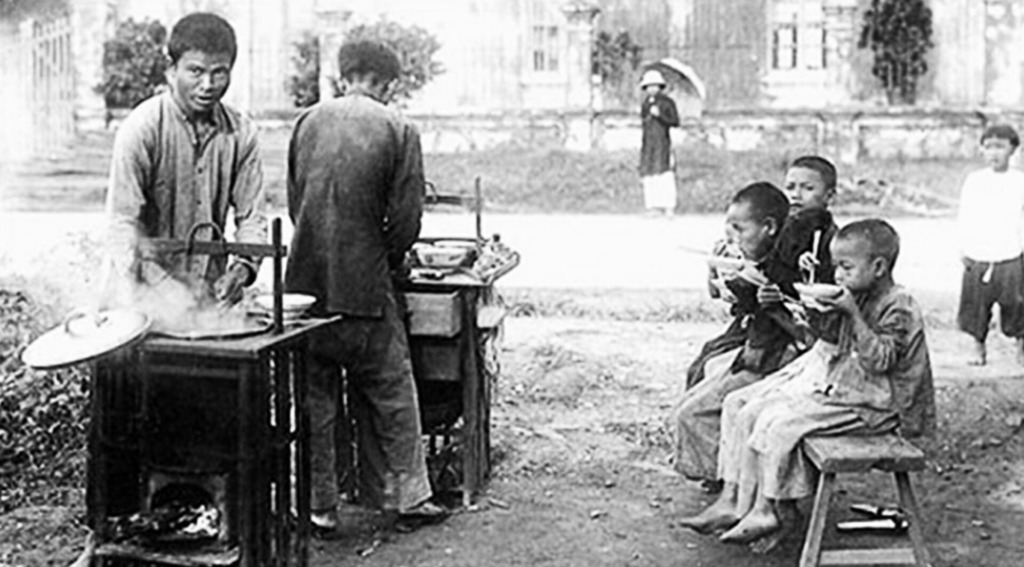
Pho has been around for more than 100 years, but the standards for pho taste have not changed.
The challenge for us as chefs at Pho is how to recreate the traditional flavors of the past in a “modern” way.
Pho Recipe
The ingredients used for pho are very simple: only broth, noodles, sliced meat and vegetables.
Meat and vegetables also determine the taste of pho, but the important parts are the broth and the noodles. These two play the roles of hero and heroine, enhancing each other and creating a single work of art.
The soup is made by simmering beef bones with several spices for at least 10 hours.
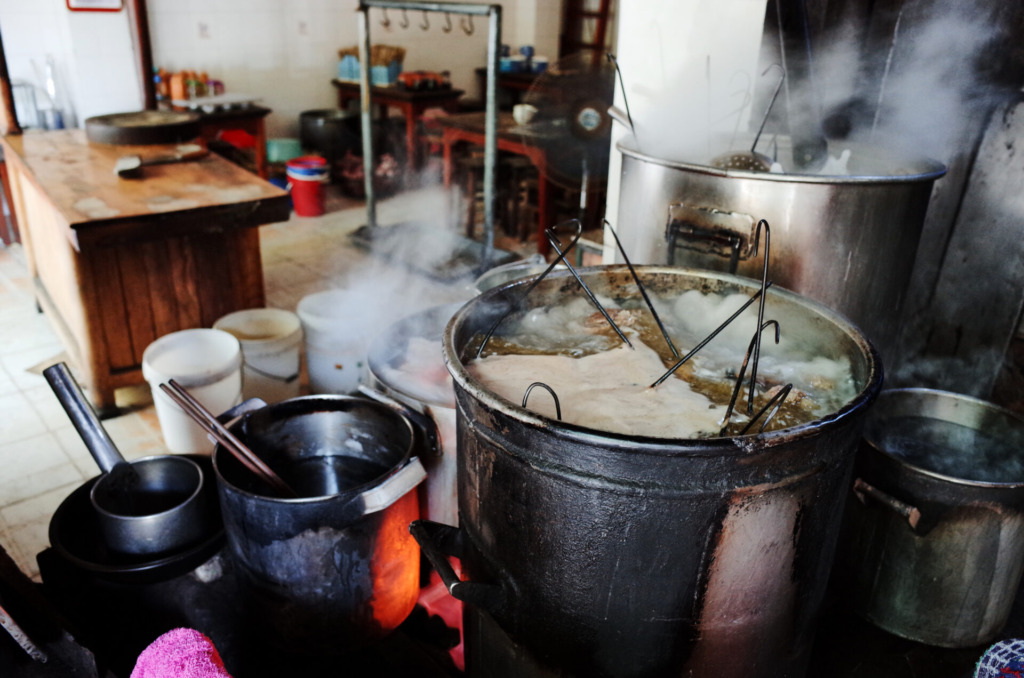
These beef bones are where the chef shows his skill. The chef selects the right bones without meat on them, carefully washes them, puts them in a pot, and starts boiling them slowly with water. The resulting tasty broth is clear, with a light aroma and no unpleasant smell from the beef bones.
The noodles used for pho should be unmushy and supple. Ideally, they should also be able to absorb the flavor and aroma of the soup well. In other words, if the soup is not tasty, the noodles will not be tasty at all, even if they are good.
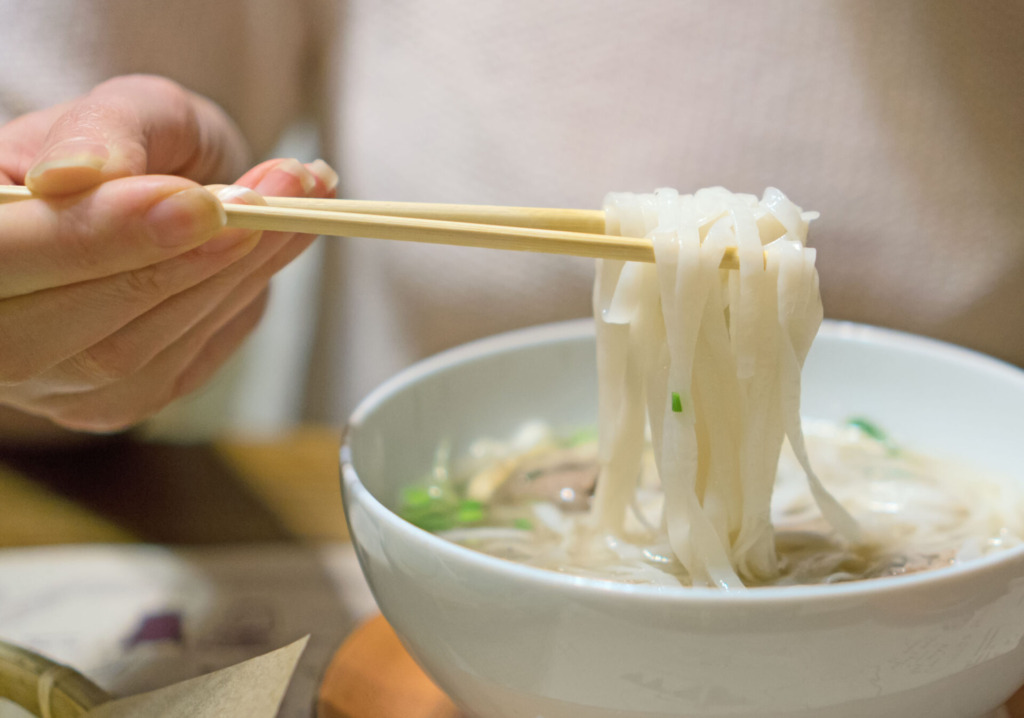
The soup and noodles are the “life” of pho. Both must be “delicious” in order to be considered “complete.
The difference between fresh and dried pho noodles lies in how well the soup is mixed and whether or not the noodle has a pho aroma. Fresh pho noodles are soft and have a slight aroma of rice. Dried pho noodle soup has a distinctive pho noodle aroma that transfers to the broth.





